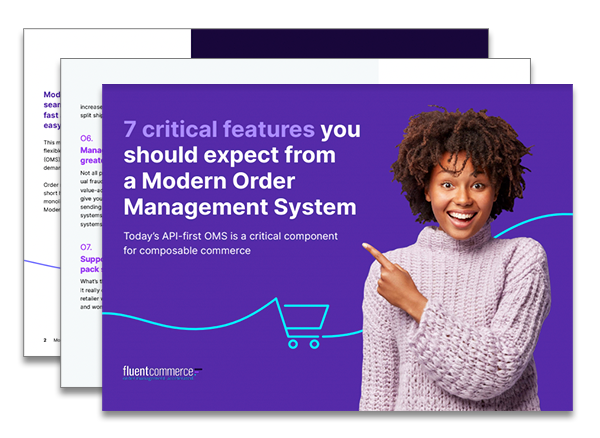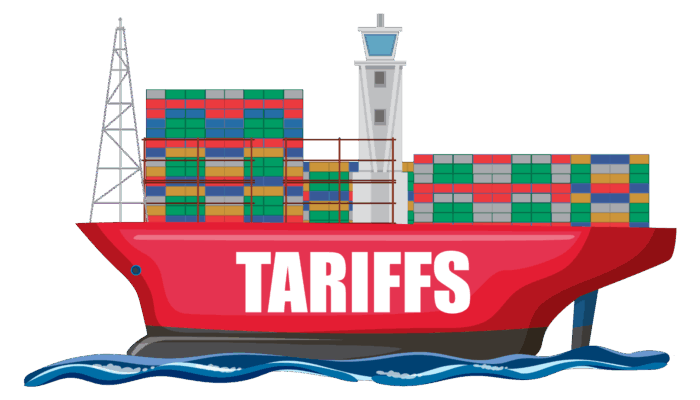The holidays are where an order management system (OMS) can really prove its value… or let you down. But as you top up a car with antifreeze and put on snow tires in places that get wintry weather, maybe your OMS could benefit from a holiday tune-up too.
This calm before the storm is a great time to re-evaluate the priorities and logic that you may not have touched for months or even years. If your OMS is flexible, you can and probably should make short-term changes to account for your biggest season.
In a normal year, the holidays can be chaotic. Weather delays shipments and replenishments. Procrastinators wait until the last minute to buy. Store staff get overwhelmed. On top of that, this season threatens labor shortages in stores and DCs, an inconsistent supply chain, and impatient consumers accustomed to store pickup within hours.
So here’s a few ideas of adjustments that might help you sell and deliver more efficiently and profitably this season.
Amplify your availability
Nothing else your OMS can do matters if you lose a sale, or overpromise and have to cancel, due to inaccurate availability information. The stakes are even higher at the holidays. It’s particularly challenging when items on store shelves are offered for sale online.
Increase safety stock, aka buffers. More generous buffers are crucial for items with shaky supply chains that might be hard to keep on hand. They also account for items going astray across a busy store. Though if a store has to go dark due to ever-shifting health requirements, set buffers to zero, and keep product moving.
Adjust fraud risk threshold for popular items. Consider decreasing fraud tolerance for specific items or categories that you expect to sell out. Why take a chance, when you can get your product into the hands of trustworthy (and higher long-term-value) buyers?
Don’t sweat the splits. Some sellers switch to fulfilling line items as soon as inventory is available, even if other items in the same item are backordered. It shows the customer you’re doing your best while reducing the amount of stock that needs to be held as pending in your already busy DC or store.
Stack-rank your sourcing
While sometimes it’s an item that’s in short supply, often it’s labor and capacity that become limiting factors. Given what you know about the holidays in general and this year’s challenges specifically, it could pay off to tweak sourcing rules.
Prioritize DCs over stores. Preserve the brand experience by keeping hot items on store shelves and employees available to help shoppers. After the holidays, go back to preferring oldest inventory or optimizing for shipping time and expense.
Ship from 3PLs or DSVs more than you usually might. Free up DC capacity by routing orders to third party logistics or drop-ship vendors. (Of course, please ensure that your partners can handle the expected extra volume!)
Grade stores by fulfillment capacity. Guide your OMS to prefer the stores better equipped to efficiently process the order. If you lack time or data for precise categorization, choose a proxy such as store footprint size.
Stabilize your shipping
Increase default processing time. Better to underpromise and underdeliver than to disappoint. You can reduce the disappointment (and customer service interactions) of DC delays or shipping snafus with a day or two of padding.
Prioritize short-SLA orders. A customer who pays extra for expedited shipping expects priority all the way through, not just once the package is consigned to the carrier. Pick and pack these orders first, and if the DC is at risk of missing a deadline, fail over to a nearby store if possible.
Reduce the remorse period. In normal times, it’s smart to delay order orchestration to allow a customer to cancel an order before fulfillment begins. Over the holidays, there’s not a moment to spare. Shorten this buffer so you can begin processing within a few minutes.
Bring sanity to your stores
One unavailable item can sour the entire pick-up or same-day delivery experience. Some seasonal adjustments could make all the difference in a service that keeps customers coming back well into next year.
Pick low-inventory items first. Consider running a “lowest-stock” pick procedure before your standard methods. Reduce the chances of an in-store shopper buying what you’ve already sold for delivery or pick-up.
Set and adjust thresholds for BOPIS/Click-and-Collect daily capacity. To avoid long delays and last-minute cancelations, set upper limits for how many orders each store can fulfill. Empower store managers to increase or decrease based on daily capacity.
Shift pick-pack and pick-ups to off hours. Balance demands on staff’s time, and allow them to focus on in-store shoppers during peak hours. Speed up pick-ups, and reduce parking lot congestion.
The holidays bring special challenges, but also great rewards to those who have the power and foresight to prepare. If you’re reading this list and thinking, “If only my OMS could support this!” then let’s have a chat about whether Fluent’s flexible and adaptable order management system is a good fit for you.




